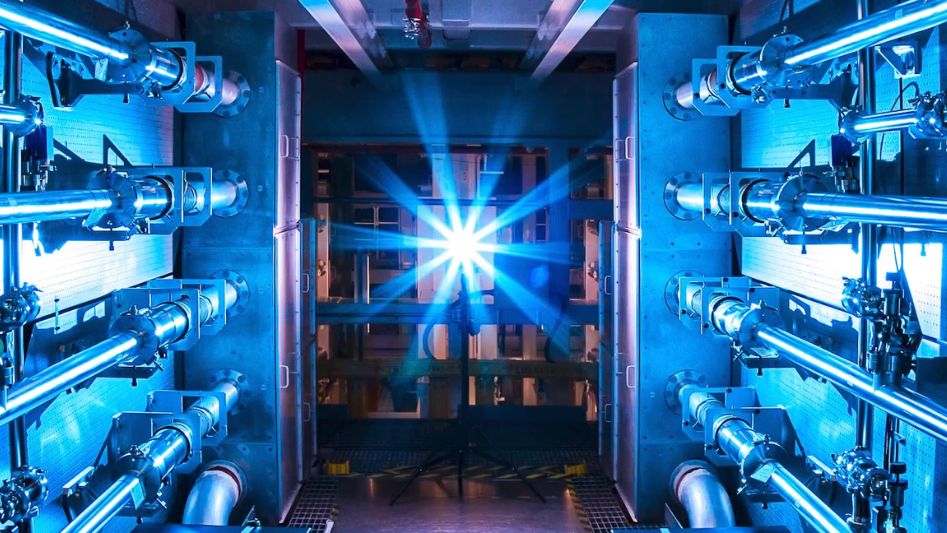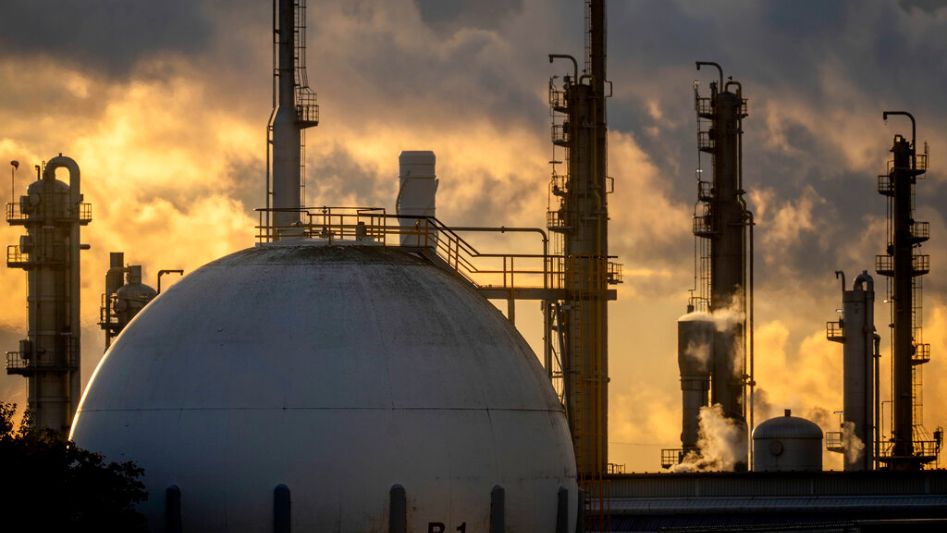Fusion energy science is the study of harnessing the power of nuclear fusion, the process that powers the sun and stars, for practical use as a virtually limitless.
Table Of Content
Fusion energy science is a multi-disciplinary area that focuses on the science required to establish an energy source based on a controlled thermonuclear fusion reaction. The goal of this field is to create a source of energy that can replace traditional energy sources. When two nuclei come together to produce a new nucleus, this process is known as fusion. This process occurs in both the sun and other stars.Generating and maintaining plasma is required in order to create the conditions necessary for fusion to occur on Earth. Plasmas are gases that have reached temperatures so high that the electrons in them have been emancipated from their atomic nuclei. Because ions and electrons carry electrical charges, researchers use electric and magnetic fields to exert control over the ensuing collection of charged ions and electrons. Ions are able to overcome the attractive electrostatic forces that hold them apart and combine when the temperature is high enough. This process, known as fusion, results in the release of energy.

DOE Office of Science: Fusion Energy Science Contributions
The Atomic Energy Commission, the forerunner of the Department of Energy, was the agency in the United States that first started providing financial backing for fusion energy research and development in the 1950s. The Office of Science at the Department of Energy, which oversees ongoing research on the scientific basis for plasma confinement and other fusion energy-related fields, continues to provide support for the fusion energy research effort. Plasma physics, nuclear engineering, and high-end scientific computing are some of the basic sciences that are involved in fusion, and the DOE’s fusion energy program assists researchers in coordinating their efforts across these and other fundamental fields. Plasma may be shaped and controlled using a number of means, including magnetic, electrical, and other approaches. These techniques allow scientists to generate the conditions necessary for fusion to occur. For instance, research facilities dedicated to magnetic confinement can be found in the United States and the United Kingdom. These facilities have assisted scientists in gaining a better understanding of how to maintain fusion processes and even create electricity from them. This development served as the impetus for the worldwide cooperation on the ITER experiment, which seeks to construct and run an experiment involving burning plasma that is based on a magnetic confinement idea known as a tokamak. The Office of Science’s Fusion Energy Sciences (FES) program is in charge of overseeing the administration of the United States’ contribution to ITER. When it is finished, the International Thermonuclear Experimental Reactor (ITER) will be the greatest international scientific research facility in the world.

Fusion Science Quick Facts
- Fusion is a potentially viable long-term energy source since it makes use of plentiful fuel sources, does not emit greenhouse gases, and does not generate long-lived radioactive waste.
- Because the bound nucleus of a fusion reaction has a lower mass than the sum of the masses of its constituent protons and neutrons, this reaction generates energy. According to Einstein’s equation, the mass deficit is turned into energy.
- The amount of energy contained in a pickup truck full of fusion fuel is comparable to the amount of energy contained in 10 million barrels of oil or 2 million metric tons of coal.
Conclusion
The physics of fusion energy is an exciting new subject that has the potential to provide a potentially endless source of energy that is also clean, safe, and economical. Recent developments in technology and research have taken us closer to reaching this aim, despite the fact that there are still considerable difficulties to overcome in order to achieve practical fusion reactions. It seems conceivable that fusion energy will play a significant part in satisfying our future energy requirements if we maintain our current level of support and investment in this sector.

FAQs
What is a fact about fusion?
The sun and the other stars get their energy through a process called fusion. When two light nuclei collide and rearrange themselves into other nuclei, a burst of fusion energy is produced as a byproduct of the process. These processes take place in the center of the sun, which serves as nature’s fusion reactor, where temperatures may reach 15 million degrees Celsius.
Briefly, what is fusion?
The sun and the stars each get their energy from a process called fusion. It is the process whereby two atoms of hydrogen come togetherlled fusion. It is the process whereby two atoms of hydrogen come together (also known as fusing) to produce one atom of helium. During the transformation, part of the hydrogen’s mass is turned into usable forms of energy.
What is “fusion” in science for kids?
A bigger atom may be created by the process of fusion, which involves the joining of two or more atoms. Nuclear fusion is the source of the power that stars provide. Atoms of hydrogen are continually being transformed into atoms of helium via a process called fusion, which occurs deep inside a star. This process is responsible for the production of the light and heat energy that stars, including our Sun, emit into space.
You May Also Like
- FISSION VS FUSION: WHAT’S THE DIFFERENCE?
- NEW SUSTAINABLE AVIATION FUEL HUB TO BE LAUNCHED
- SECRET FUSION TECH LEADS TO A GEOTHERMAL ENERGY BREAKTHROUGH
- SCIENTISTS ANNOUNCE FUSION ENERGY BREAKTHROUGH: CLIMATE CHANGE FINAL SOLUTION?
- DECARBONIZING BUILDINGS: THE CITY THAT LEADS THE REVOLUTION
